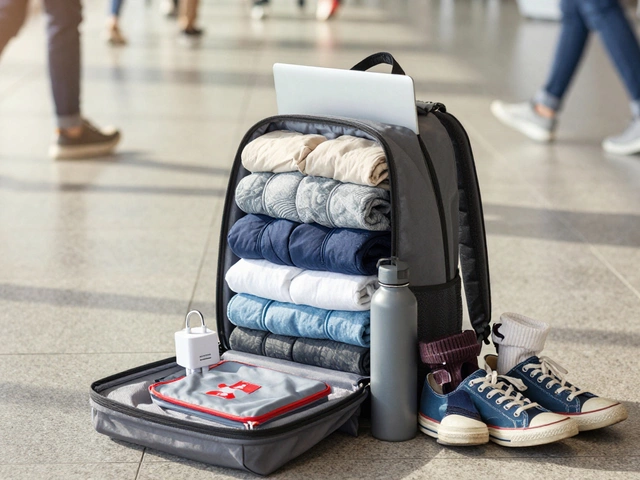Performance: How to Boost Your Soccer Game
If you’re looking to get faster, stronger, or just more consistent on the pitch, you’ve landed in the right spot. The performance tag gathers everything you need – from quick drills to gear reviews – so you can start improving today without wading through endless articles.
First thing’s first: performance isn’t just about how hard you train, it’s about how smart you train. Short, high‑intensity intervals mimic the burst‑run nature of a match far better than long, steady jogs. Try a 30‑second sprint followed by 30 seconds of easy jogging, repeat ten times. You’ll notice sharper acceleration and quicker recovery during games.
Training tricks that actually work
One simple drill that many pros swear by is the “cone shuffle”. Set three cones in a line, 5 metres apart, and shuffle laterally from one side to the other, keeping your hips low. Do three sets of 20 seconds. This builds the explosive side‑to‑side movement needed for defensive slides and attacking feints.
Another tip: incorporate ball‑control within fitness work. Instead of doing a generic burpee, do a burpee‑to‑kick – drop, jump up, and finish with a controlled pass or shot. Your heart rate stays up, and you’re practicing technique at the same time. The more you blend skill with conditioning, the smoother the transition on match day.
Nutrition, recovery and the right gear
What you eat before and after a session can make or break your performance. Aim for a carb‑protein combo within 30 minutes of finishing – a banana with peanut butter or a small smoothie works wonders. This refuels glycogen stores and kicks off muscle repair.
Hydration gets a lot of hype, but it’s plain truth: even a 2 % loss in body water can drop sprint speed by 5 %. Keep a bottle handy and sip regularly, especially in hot weather. If you’re prone to headaches after games (like one of our community members), dehydration is a likely culprit.
Gear matters too, but you don’t need to break the bank. Studies show that ultra‑expensive boots don’t magically boost speed, but a well‑fitted pair protects your feet and gives you confidence. Look for lightweight material, decent traction, and a snug, comfortable fit.
Finally, give your body the rest it deserves. A solid 7‑8 hour sleep window, plus a light active‑recovery day (think easy jog or yoga), keeps the nervous system sharp. Consistency in sleep and recovery often separates good players from great ones.
All these pieces – focused drills, smart nutrition, proper gear, and recovery – fit together to lift your overall performance. Browse the other articles in this tag for deeper dives, like how jersey numbers can affect confidence or why certain training shoes feel better. Take one tip, apply it, and watch your game improve step by step.
Why does South Africa fail to perform in World Cup matches?
South Africa has failed to perform in the World Cup despite a long-standing soccer tradition in the country. The country has only qualified for the World Cup twice, in 1998 and 2002, and failed to make it past the group stage in both. The main reasons for this sub-par performance include lack of adequate infrastructure, poor coaching, and the country's long-standing racial issues. Poor investment in youth development, a lack of investment in player development, and the lack of a professional league have all contributed to South Africa's failure to perform in the World Cup.



